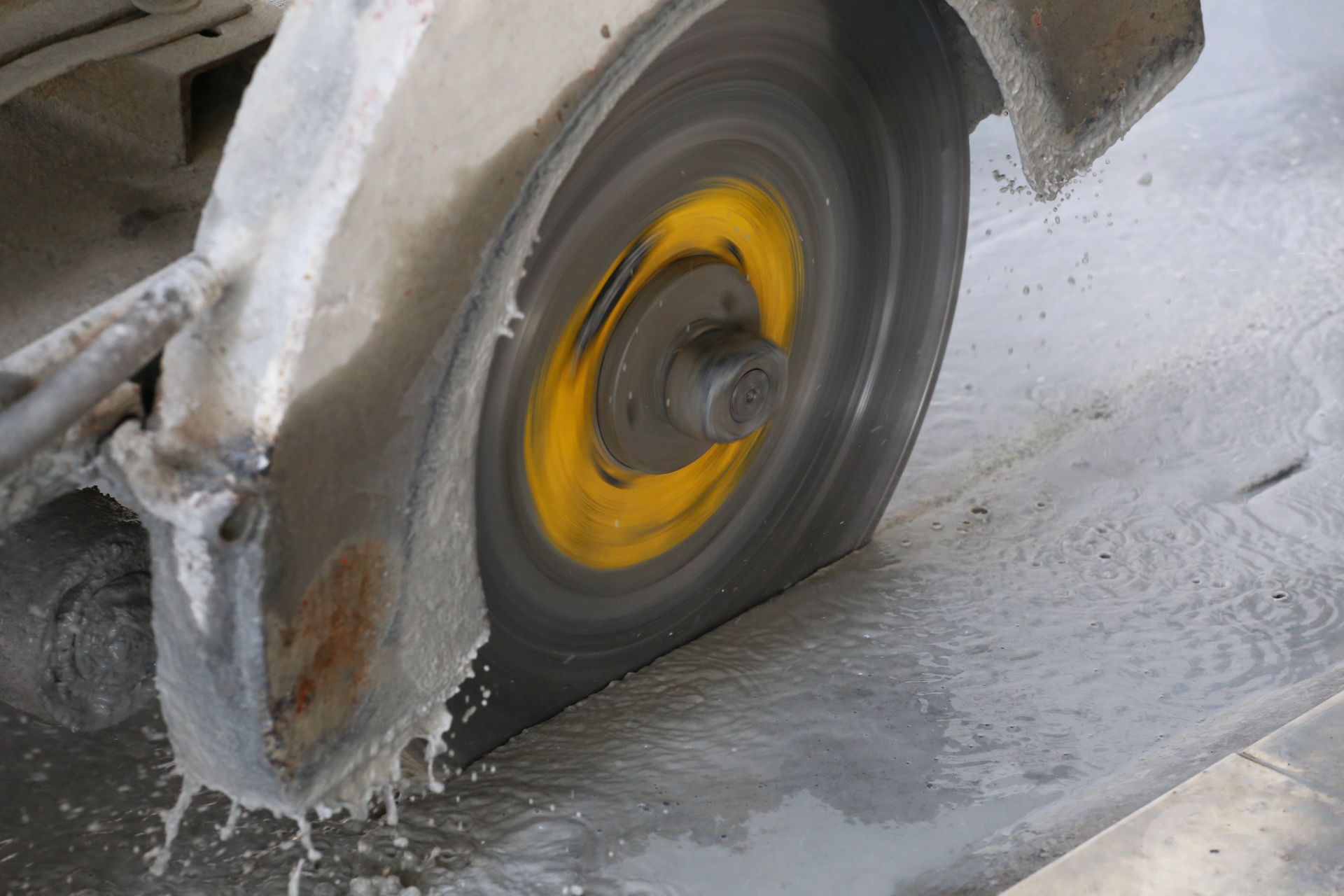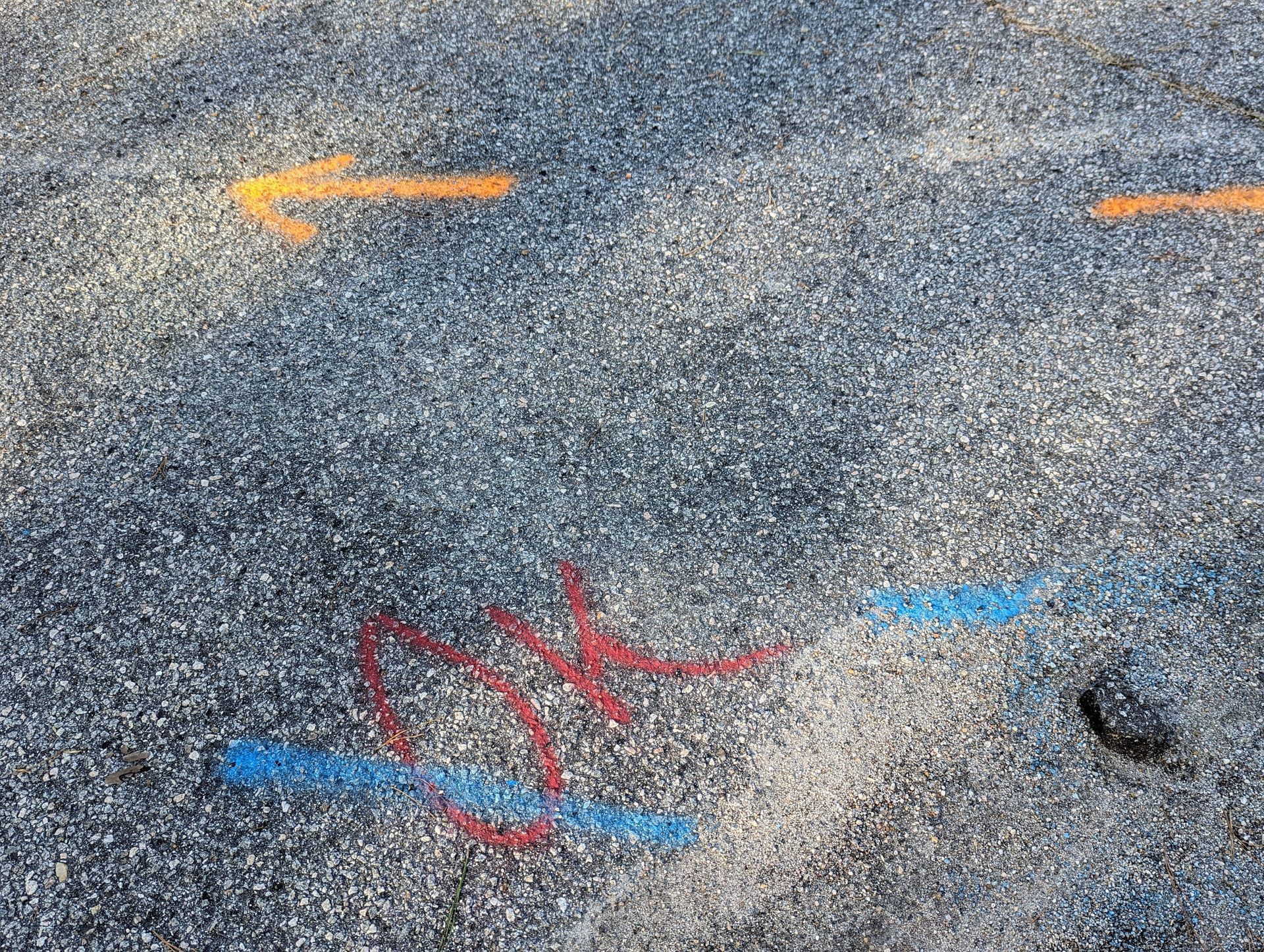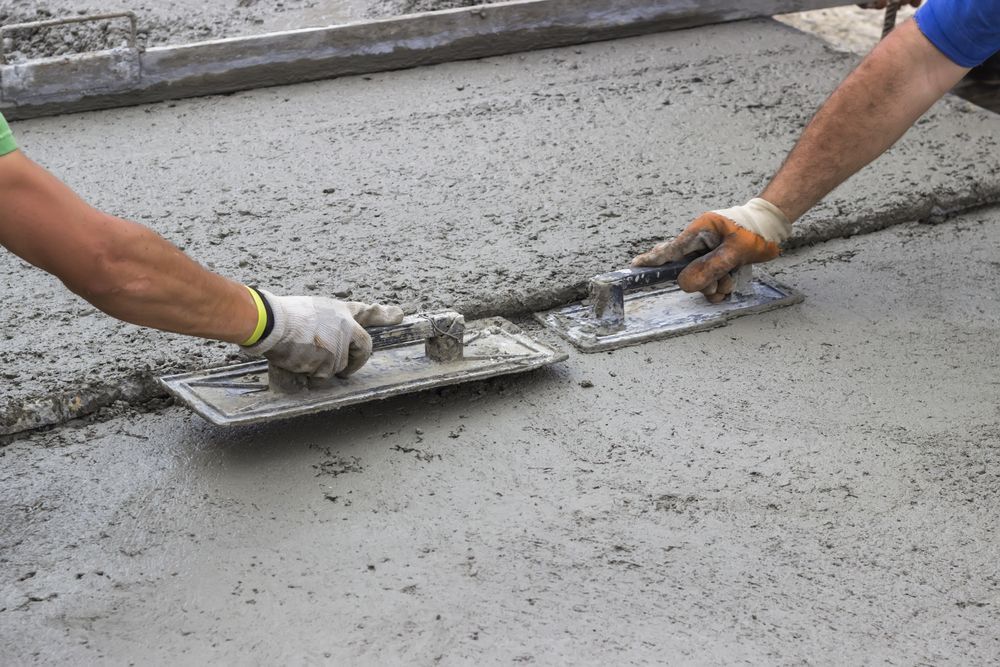Concrete Coring: A Beginner’s Guide
Share this article:
Written by: Cobra Concrete Southeast
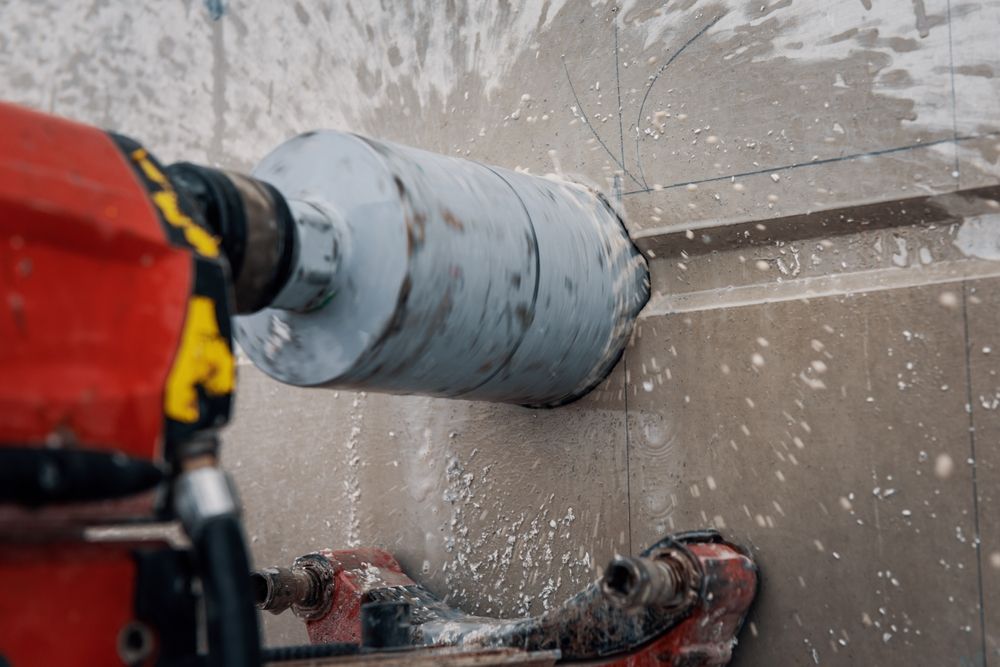
Concrete construction often requires precision cutting to create openings for utility penetrations, structural testing, or other modifications. One of the most effective techniques to achieve this is concrete coring—a method designed to remove cylinders of concrete with unmatched accuracy and efficiency.
Whether you’re a contractor, engineer, or building owner, understanding the basics of concrete coring can help you navigate construction or renovation projects with confidence.
What is Concrete Coring?
Concrete coring is the process of drilling precise, circular holes in hardened concrete surfaces using a core drill. The purpose is to create openings that can be used for utility penetrations, testing concrete strength, or installing anchors and structural supports.
Unlike traditional hammering or chipping methods, concrete coring offers a cleaner, quieter, and more controlled alternative. It’s widely used in construction, renovation, and demolition projects for tasks that require precise, damage-free cutting.
What Makes Concrete Coring Unique?
Concrete coring is valued for its precision. The process creates a perfectly cylindrical hole without causing cracks, damage, or structural compromise to the surrounding material. It’s a specialized skill that requires the right equipment and expertise, which is why many contractors rely on professional coring services like Cobra Southeast to get the job done right.
How Does Concrete Coring Work?
Concrete coring relies on diamond-tipped core drill bits that rotate at high speeds to cut through even the toughest materials. Here’s a step-by-step breakdown of the coring process:
- Preparation: The work area is marked for accurate placement of the core hole.
- Drill Setup: The core drill is positioned over the area to be cored. It may be handheld or mounted on a rig, depending on the job’s size and complexity.
- Drilling: The diamond-tipped bit is powered by an electric, hydraulic, or pneumatic motor. Water is often used during drilling to cool the bit and reduce dust.
- Core Removal: Once the drill reaches the desired depth, the core (a cylindrical piece of concrete) is removed.
The result is a smooth, clean hole that meets exact specifications. Concrete coring can be performed on walls, floors, ceilings, and even at angles, making it an incredibly versatile method for concrete modification.
What Type of Equipment is Used in Concrete Coring?
Concrete coring requires specialized tools and equipment for precision and safety. The key components include:
Core Drill Machine
Core drills are the main tool used for coring. They come in various sizes and power options to accommodate different project needs:
- Handheld Core Drills: Ideal for smaller holes and lighter materials.
- Rig-Mounted Core Drills: Used for larger diameters and deeper cuts, offering greater stability and control.
Diamond-Tipped Core Bits
The drill bit is the heart of the operation. Diamond-tipped bits are used because of their ability to cut through concrete, rebar, and other tough materials with ease. These bits come in various sizes, ranging from ½ inch to several feet in diameter.
Water Supply System
Water is critical during coring to cool the bit, reduce dust, and prolong the life of the equipment. It also helps create a safer and cleaner work environment.
Power Source
Core drills can be powered by electricity, hydraulics, or pneumatics, depending on the scope and location of the project. For large-scale jobs, hydraulic and pneumatic drills are often preferred due to their increased power and efficiency.
Concrete Deep Coring
Deep coring refers to drilling exceptionally long holes, often extending several feet into the concrete. This technique is used for applications like anchor installation, utility routing, or testing the structural integrity of concrete.
Deep coring requires advanced equipment and experienced operators to maintain precision, especially when working in challenging conditions such as confined spaces or areas with heavy reinforcement. At Cobra Southeast, our team specializes in deep coring projects, ensuring accuracy and safety regardless of depth or complexity.
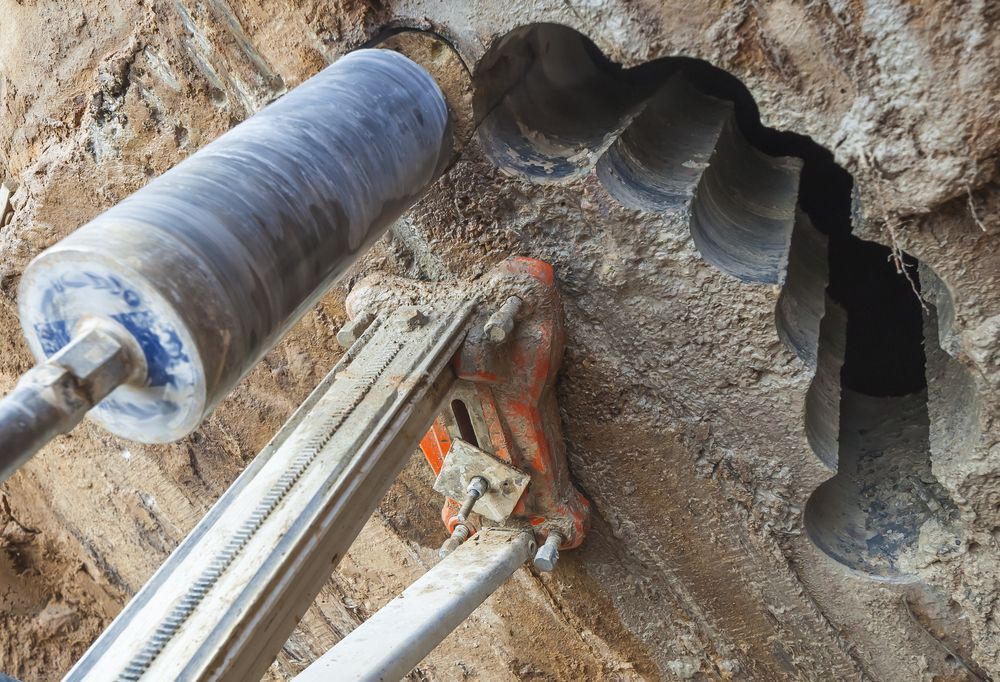
Applications of Concrete Coring
Here are some of its most common applications:
Utility Penetrations
Concrete coring is essential for creating openings for HVAC ducts, plumbing pipes, electrical conduits, and sprinkler systems. The clean, precise holes ensure that utilities can be installed without compromising the structure’s integrity.
Structural Testing
Engineers use concrete coring to extract samples for testing the strength, density, and composition of the concrete. This is especially important in quality assurance and when assessing the structural health of older buildings.
Anchor Installation
Coring is used to create openings for installing anchors, bolts, and dowels that secure structural supports or machinery. The accuracy of coring is what creates a snug fit, which is critical for stability and safety.
Advantages of Concrete Coring
Concrete coring offers a range of benefits that make it the preferred method for cutting and drilling concrete.
Precision and Accuracy
Concrete coring produces clean, perfectly cylindrical holes without cracks or damage to the surrounding material. This precision is crucial for structural integrity and meeting project specifications.
Versatility
Coring can be performed on floors, walls, ceilings, and at any angle. It works on reinforced concrete, asphalt, and stone, making it suitable for a wide variety of applications.
Non-Destructive
Unlike jackhammers or saws, coring doesn’t create vibrations that can weaken nearby concrete or structures. This makes it an ideal choice for projects in sensitive environments, such as hospitals or schools.
Fast and Efficient
With the right equipment and expertise, concrete coring is a quick and efficient process, minimizing downtime and keeping projects on schedule.
Cost-Effective
By eliminating the risk of structural damage and reducing labor-intensive methods, coring saves time and money in the long run.
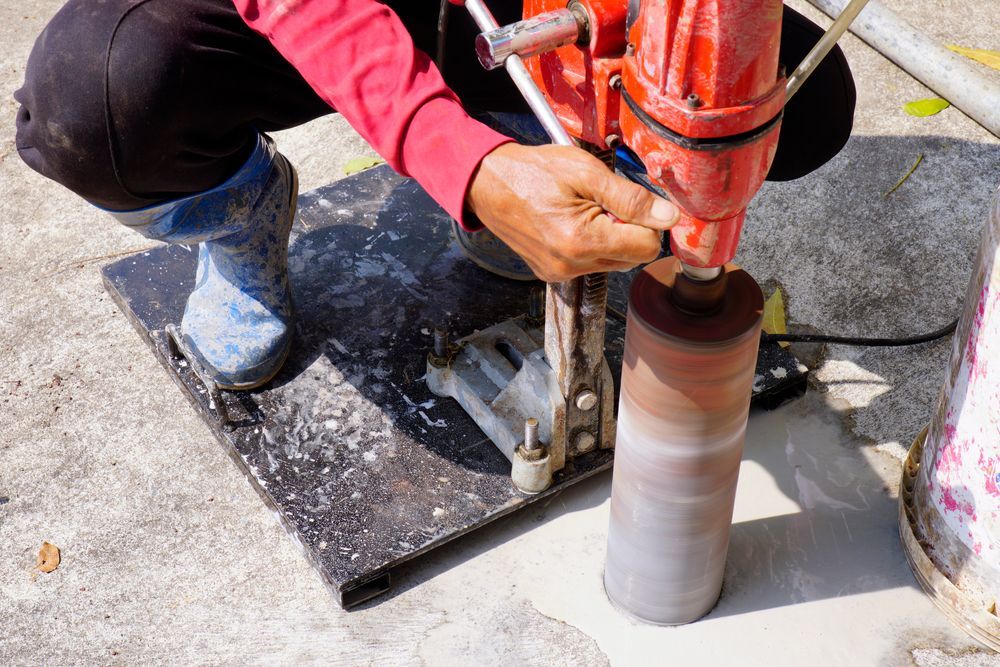
Let Us Help You Tackle Your Next Project
Concrete coring may seem straightforward, but it requires the right tools, experience, and expertise to achieve safe, accurate results. At Cobra Southeast, we specialize in professional concrete coring services for contractors, engineers, and municipalities across the Southeast.
Our team is equipped to handle projects of all sizes, from small utility penetrations to large-scale deep coring jobs. With over 50 years of experience in concrete cutting and drilling, we have the skills and knowledge to deliver results that meet your exact specifications.
Ready to get started?
Contact Cobra Southeast today to discuss your project and see how our concrete coring experts can help you achieve your goals. Let us show you why we’re the most trusted name in concrete services.
